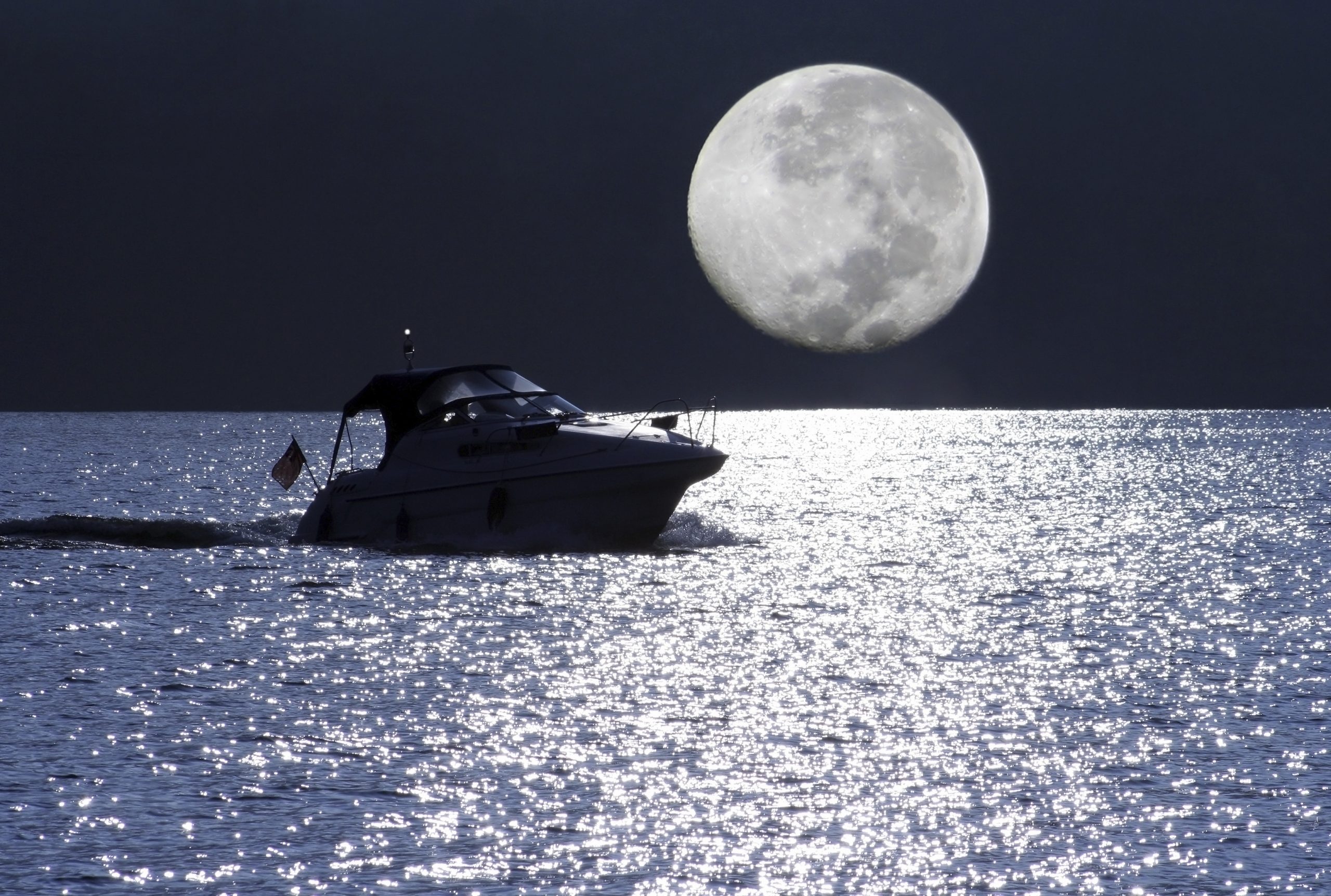Boat lights make your vessel safer and more functional, even if you don’t spend much time out on the water after dark. In fact, boat navigation lights are required by law in most cases.
In, Out and Under
The boat lighting you have for your boat depends on the boat’s size and serves a number of purposes.
- Exterior: surface-mounted deck lights provide sufficient lighting without interfering with your night vision, whereas floodlights or searchlights are crucial for locating landmarks, buoys or anything that may go overboard.
- Interior: cabin or galley lights can be as simple as portable torches or LED ceiling lights that run on 12V. It’s best to turn them off when underway, as they reduce visibility.
- Underwater: although not strictly necessary, lights below the waterline make a boat look good at night and are handy if you’re slipping after dark.
LED boat lights are increasingly popular; they last longer, use considerably less power and produce minimal CO2. Being small, LEDs also allow a wider variety of shapes and fittings. Incandescent bulbs are being phased out, though halogen lights are still available; however, they use far more energy and don’t last long.
Legal Requirements
By law, navigation lights and their installation on recreational boats must comply with the International Regulations for Preventing Collisions at Sea (COLREGS). The Australian Maritime Safety Authority can provide a summary of those requirements as they apply to your local area.
Here are the basic rules:
- Side lights are red (port) and green (starboard) and shine out across the water in an arc.
- Stern lights are white and shine aft and forward on each side. (Together, side lights and stern lights create a full circle of light.)
- Masthead lights are white and shine from 112.5° on the port side through dead ahead to 112.5° on the starboard side.
- Powerboats less than 20m long need to show side lights, a stern light and a masthead light. Power vessels less than 12m long may just show a single all-round light.
- Sailing vessels of less than 20m need to show side lights and a stern light.
- Vessels underway at night must show navigation lights unless they’re rowing or sailing boats of less than 7m, in which case they should carry a torch or lantern with a white light, and it should be shown in sufficient time to prevent a collision.
- All-round white lights shine through 360°.
- When anchored outside a special anchorage, power and sail vessels of less than 20m must display an all-round light. Vessels less than 7m long are exempt unless anchored in a narrow channel or anchorage, or where other vessels usually navigate.
Whatever lighting you choose for your boat, you must wire it correctly and securely. If you are in doubt, consult a marine electrician.
Once you have your boat sorted, check out our guide to the lighting, wiring and rear vision requirements for your boat trailer.





